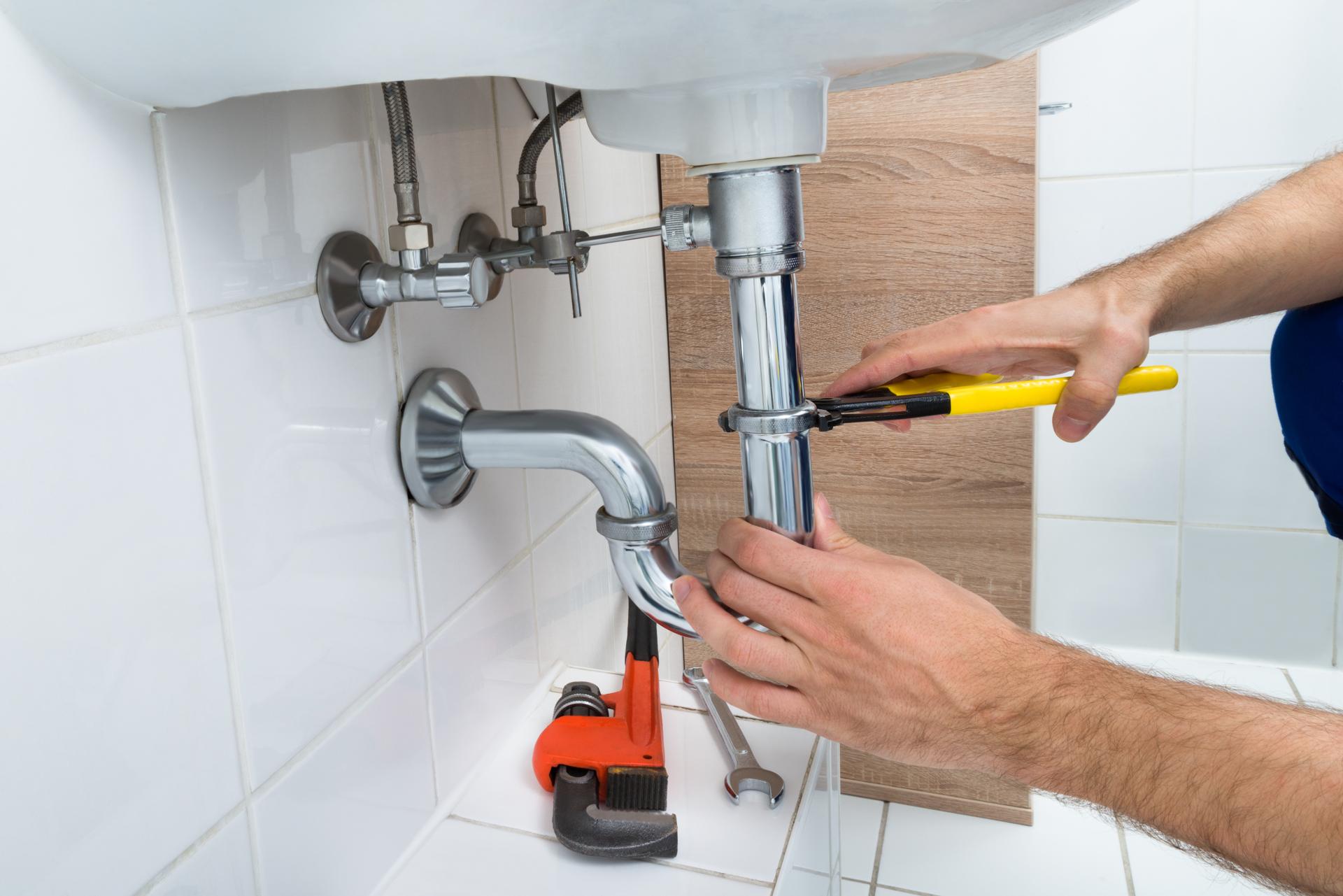When it's Time to Replace Your Plumbing and What You Should Anticipate

Plumbing is an integral part of every home that provides us with clean water to drink, cook and cleaning, as well in the process of disposing of waste. But, just like every other home appliance plumbing is prone to get old and need to be replaced.
Knowing when it’s time to replace your plumbing is vital to avoid costly repairs and prevent health risks. In this article, we’ll talk about the indicators that show that your plumbing requires to be replaced, what you should consider prior to replacing your plumbing, the procedure for replacing your plumbing and the advantages in replacing the plumbing, and a FAQ section to address any concerns you may have.
The signs that it’s time to Replace Your Plumbing
There are a variety of indications that your plumbing is in need of being replaced, for example: Leaks If you see water stains or puddles around your home, it’s likely to be a indication of a leak in your plumbing. Leaks can cause significant damage to your home’s structure and may lead to mold growth which is why it’s crucial to fix them immediately. Rusty pipes a clear indication that your plumbing needs to be repaired or replaced. Rust can contaminate your water supply which makes it unfit to drink or cook with. Low pressure in the water: If your showerheads or faucets produce weak flow of water It’s an indication of low pressure in the water that can be caused by corrosion of pipes or blockages. Water discoloration: Water that is discolored, such as brown or yellow, is a sign of sediment or rust buildup in your pipes. This can affect the taste and quality of your water. It could also suggest the need for plumbing replacement.
Factors to Take into Account Before Replacing Plumbing
When replacing your plumbing, there are several aspects to take into consideration, such as the age of the plumbing system: Plumbing systems are designed to last approximately 50 years, so if your home is more than this, then it’s most likely to be time to replace it. Cost of replacement replacing your plumbing could be expensive, so it’s important to budget for the expense. Severity of plumbing problems: If your plumbing issues are serious and affect multiple parts of your house, replacement may be the most effective option.
What to Expect During the Plumbing Replacement Process
The plumbing replacement process involves various steps, which include closing off water flow Your plumber will have to turn off the water supply to your house to avoid water damage or leaks. Removing old pipes Old pipes need to be removed. This might require cutting through walls or floors. Installing new pipes New pipes are installed, which might require rerouting to ensure the proper water flow. The length of time for replacing the plumbing will depend on the size of your home as well as the complexity of the job. The homeowners can anticipate some disruption throughout the process, such as water shut-offs as well as damage to floors and walls.
Benefits of Replacing Plumbing
Replacing your plumbing offers several benefits, including increased water efficiency new plumbing fixtures and pipes are more efficient, which means reducing the use of water and the cost of your utilities. Better water quality: Replacing old, corroded pipes with new ones will enhance the water quality, making it safer for drinking and cooking. Reduced risk of future plumbing issues New plumbing will be less likely to create leaks or clogs, reducing the need for expensive repairs in the future.
Conclusion
The replacement of your plumbing is a significant expense, but it’s necessary to ensure the safety of your home and security. When you are aware of the signs that indicate your plumbing needs replacing, taking into consideration the factors before replacement, and knowing what to anticipate during the replacement process, you’ll be able to make an informed choice about the plumbing of your home. Make sure to remember that replacing your plumbing will provide many advantages, such as increased efficiency of water, better water quality and less chance of developing future plumbing issues.
FAQ Section
What is the cost to replace the plumbing?
The cost of replacing your plumbing will be contingent on many factors, such as how big your home, the complexity of the job, and the material used. On average, homeowners can expect to spend between $5,000 and $10,000 for a whole-house plumbing replacement.
How long will it take to replace plumbing?
The time frame for plumbing replacement will vary based in the area of the home and the complexity of the task. Typically, a whole-house plumbing replacement can take between two to four weeks.
Do I need to replace my plumbing if there’s an issue with my plumbing?
If you’re experiencing a single water leak within your pipes system, it may not require a full replacement. However, if you’re experiencing a lot of leaks or observe other indications of plumbing issues, a replacement may be the best option.
Can I repair my plumbing by myself?
The replacement of your plumbing can be a difficult task that should be left to the expertise of a qualified plumber. If you attempt to replace your plumbing by yourself can lead to costly errors as well as safety hazards.
What kind of pipes should I use for my plumbing replacement?
There are a variety of pipes that are suitable for plumbing replacement, including copper PVC, and PEX. Your plumber can suggest the most appropriate kind of pipe based on your particular requirements and budget. To conclude, the replacement of your plumbing system is a significant decision that should be made with careful consideration. When you know the signs that tell you that your plumbing is in need of replacement, considering the various factors that can affect replacement and knowing what to expect during the replacement process, you’ll be able to make an informed decision about the plumbing in your home. A skilled plumber will to guide you throughout the entire process and ensure a successful and efficient plumbing replacement.
